Induction vs. electric cooktop: Which type is better for you?
Stuck between induction vs. electric cooktops? Here are the pros and cons
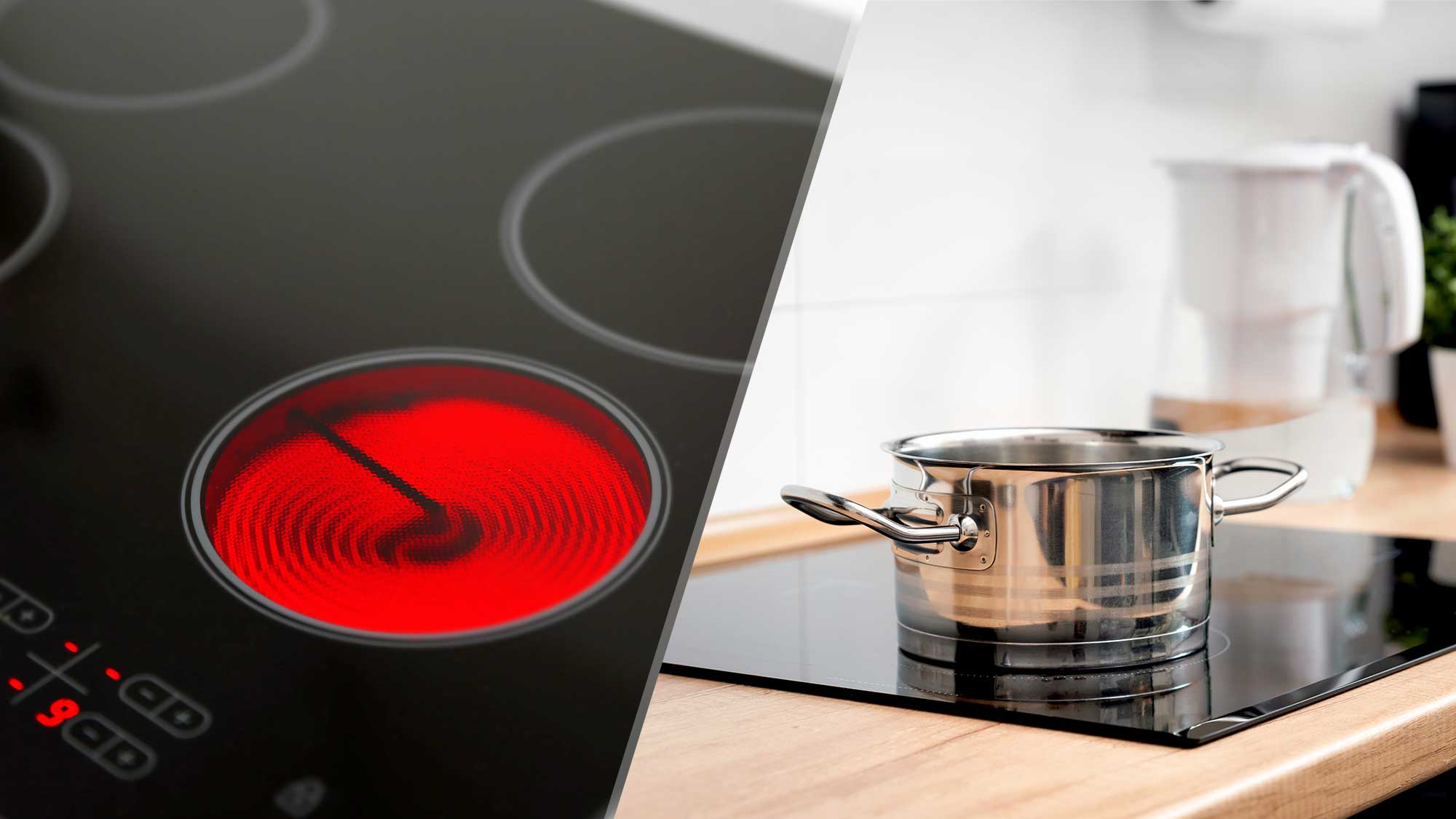
If you’re planning on upgrading your kitchen or your current electric cooktop is past its best, you may want to consider choosing an induction cooktop instead. While electric and induction cooktops look very similar, they offer a very different cooking experience, with induction cooking providing an alternative heating technology that will affect the overall performance and versatility of your stove.
So, before you start browsing for the best electric ranges, you need to consider if you’re better off paying extra for this feature.
However, you’ll want to know the difference between these types of stoves, and why should you consider the upgrade? Here, I break down the differences between induction and standard electric cooktops and the pros and cons behind each. So you can decide which will best suit your cooking routine, preferences and budget.
Stuck between electric and gas stoves instead? Check out our range buying guide to help you decide. And discover the three things I learned when I tried an induction cooktop for the first time, plus 5 things you need to know before buying an induction cooktop. You might also be interested in single vs double oven — which is best.
What’s the difference between induction vs. electric cooktops?
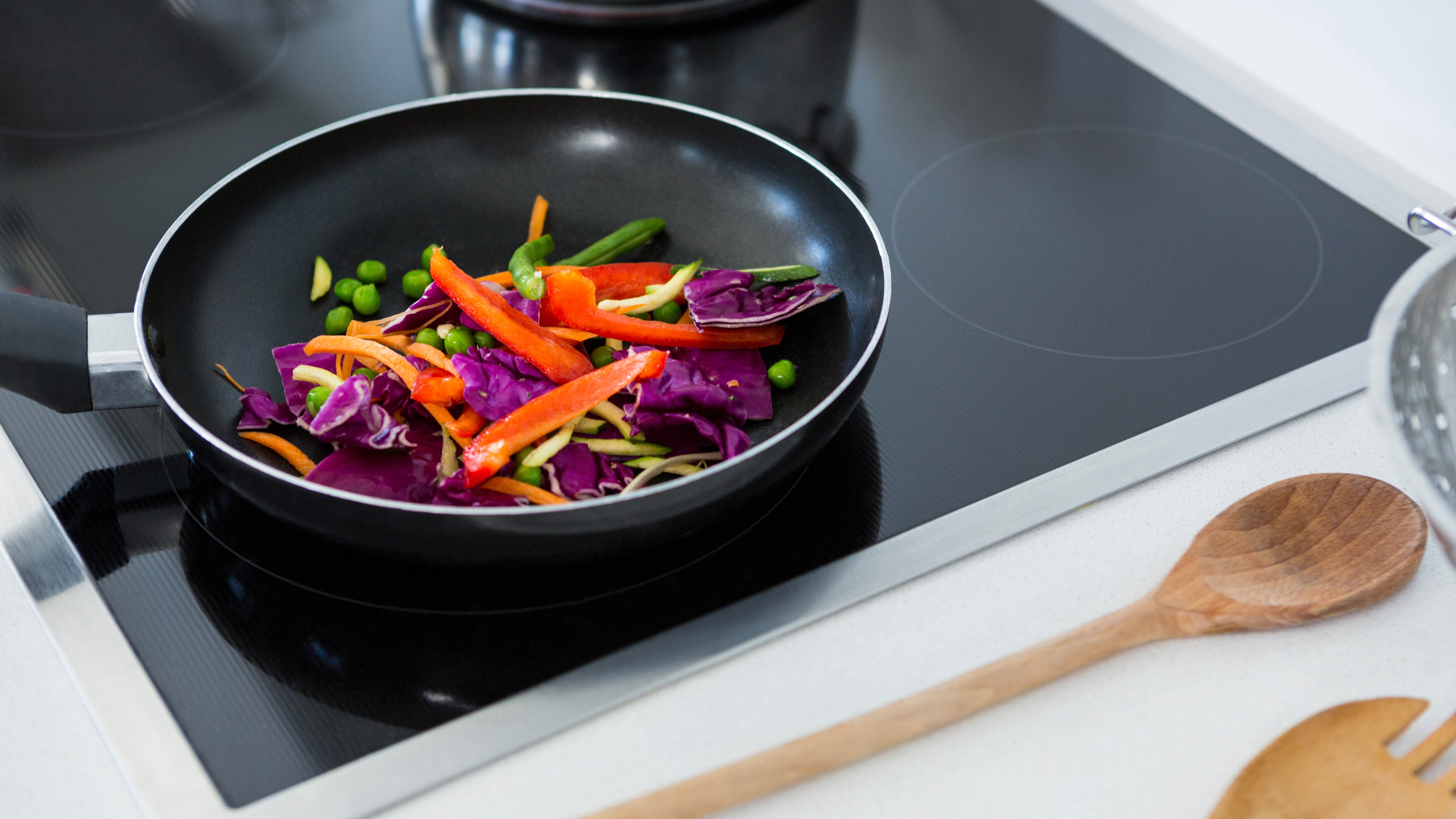
First, I should clarify that induction cooktops technically fall under electric cooktops, because these too are powered by electricity. So, when I say I'm going to compare induction vs electric cooktops, I'm referring to electric ceramic cooktops which lack induction technology for the latter category.
An Induction cooktop uses an electromagnetic field to heat pots and pans. The cooktop won’t work until an induction-safe pan is in place, and the burner itself won’t grow hot in use because the heat is generated within the pan.
An Induction cooktop essentially uses an electromagnetic field to heat pots and pans. That means any cookware you use with this type of stove needs to be made of a magnetized material to be compatible. The cooktop won’t work until an induction-safe pan is in place, and the burner itself won’t grow hot in use because the heat is generated within the pan, with the exception of any residual heat produced from the cookware. This also means that you will need to purchase special cookware to use with an induction cooktop.
A standard electric cooktop heats the surface of the burners themselves using either electric coils or a heating element. This heat then transfers to the underside of the pots and pans. This means that an electric cooktop will heat up with or without cookware present.
Get instant access to breaking news, the hottest reviews, great deals and helpful tips.
Apart from very little visual difference between the two cooktops, the controls are generally the same between these two, although you won’t witness a glowing burner with induction models.
You might also be interested in comparing induction vs gas cooktops.
Price comparison
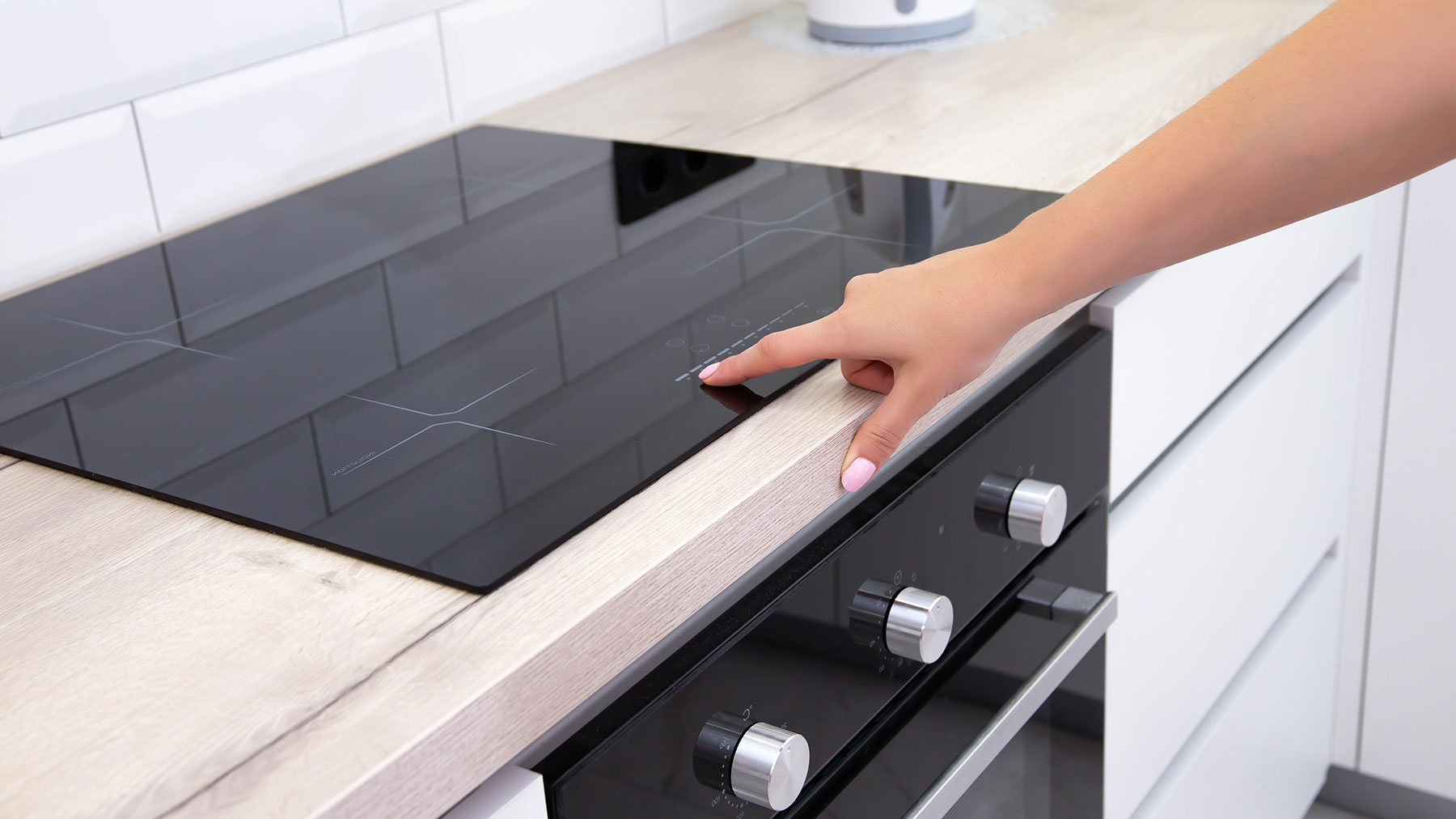
Induction cooktops are more expensive than electric cooktops. The technology is an expensive addition, with standard-size induction cooktops starting from around $800, although you can pay less, and going as high as $6,000. There’s not a huge selection of models to choose from either as these are still growing in popularity.
Standard electric stoves are generally more affordable and more widely available versus induction. They start from around $200 and can cost up to $3,000 for more premium brands, such as the Bosch 800 Series HE18046U. There tends to be more options in terms of sizes and layout as well.
Winner: Induction
Response time
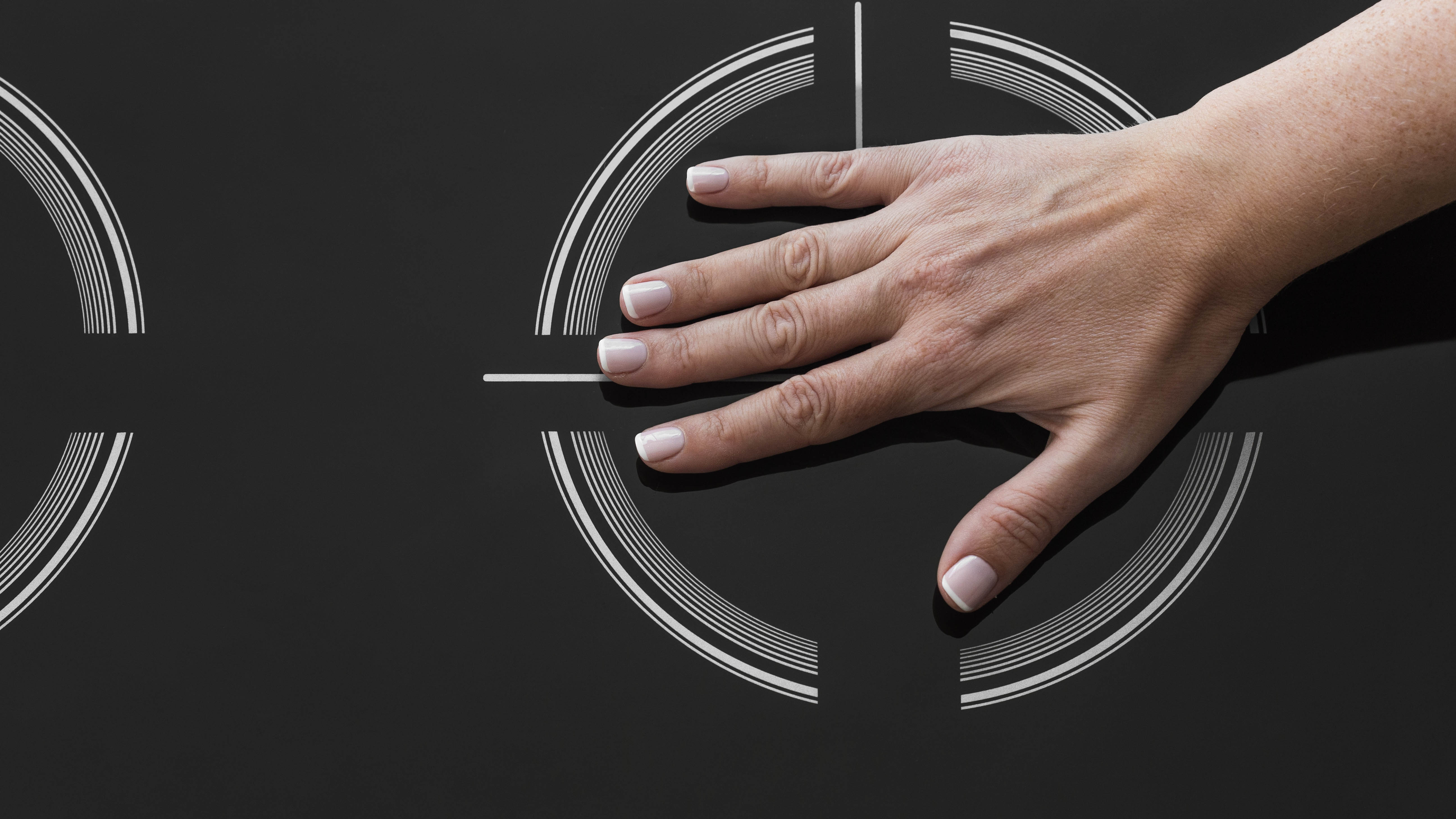
You’ll notice a big difference in the response time between an induction and electric cooktop. An induction stove will instantly respond and heat your cookware on contact. It’s much faster versus standard electric cooktops, which need to heat the surface as well as the pan before it reaches the ingredients. This also means it’s quick to respond when you turn the temperature down as well, making it much easier to avoid boil over spills.
Whereas, each time you use an electric cooktop, you need to wait for the burner to heat up, as well as the pan itself. That means it naturally takes longer to get cooking with this stove-type.
Winner: Induction
Control
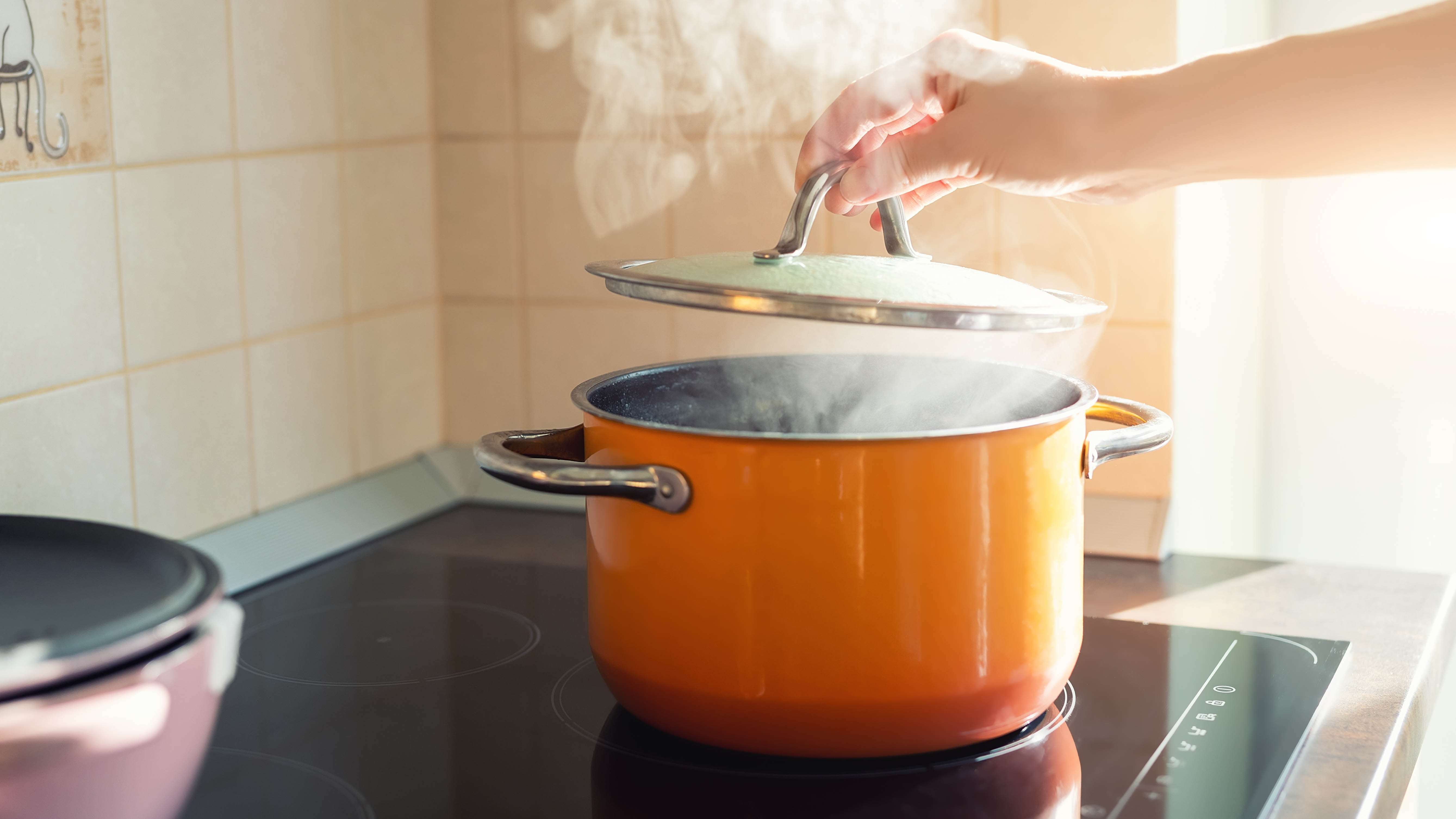
Because induction technology is quick to respond, that means it gives the user better control as well. As soon as you change the settings, the temperature will adjust accordingly.
Unfortunately, for electric cooktops, with a slower response rate comes less control . You will likely continue cooking for a few seconds after you turn the heat down. In fact, the burner can retain heat so well that you may have to remove the pan to quickly reduce the temperature. This means it’s all too easy to overcook ingredients.
Winner: Induction
Cleaning and maintenance

An induction cooktop is easy to clean as it features a flat, glass surface, that's relatively quick and easy to clean with a microfiber cloth. For full guidance, see how to clean a glass stove.
Just as it is with induction, electric cooktops are made of glass with a smooth and flat design. This means they’re easy to clean up, too. Although with less control, you're more likely to have boils-over spills to deal with.
Winner: Draw
Energy efficiency
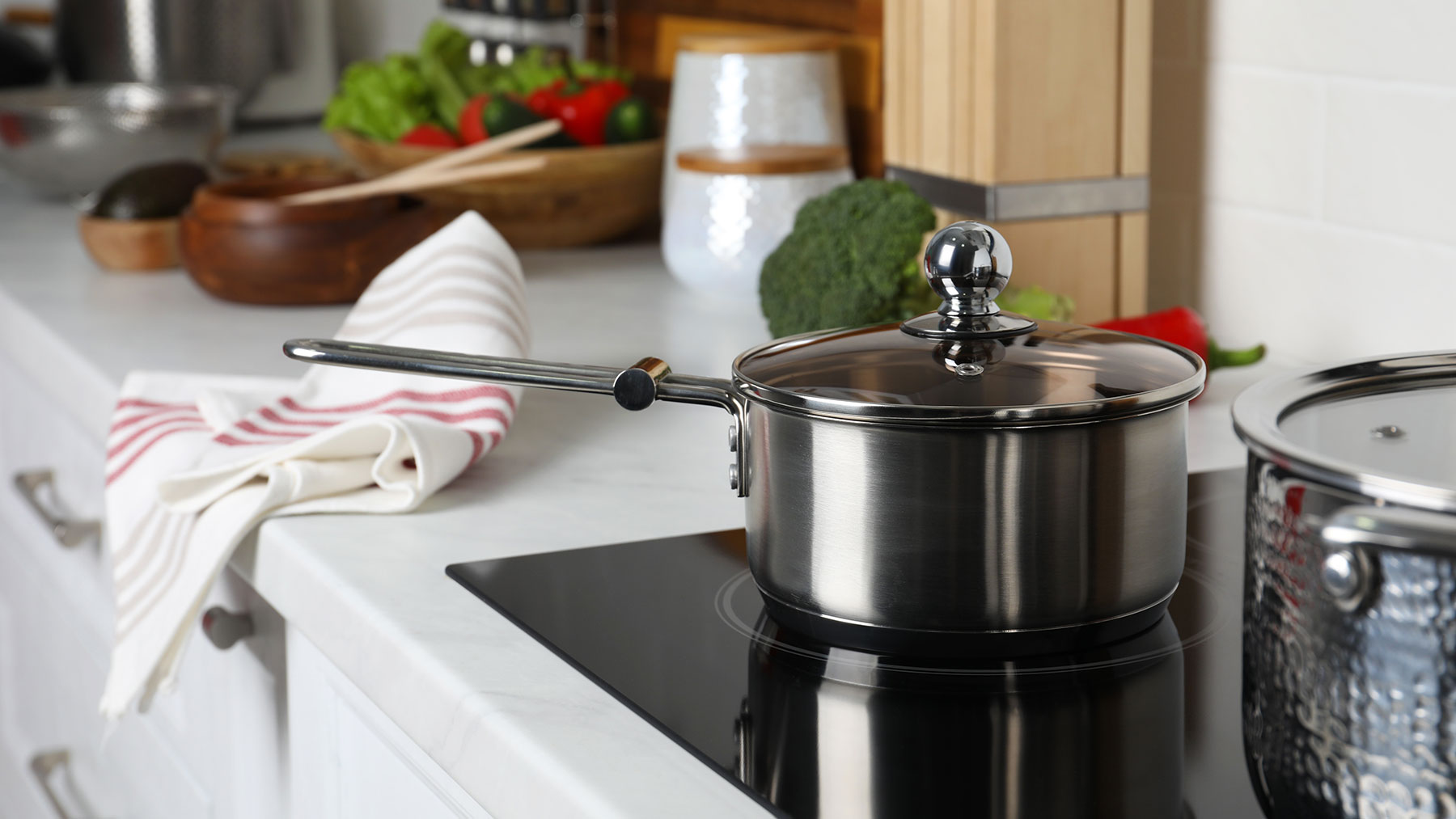
Induction cooktops heat the cookware directly. That means there’s less heat loss versus heating the surface of the burner first. On top of that, Energy Star states that induction cooktops are roughly 5-10% more efficient when compared to conventional electric resistance units. Taking all this into account, induction is the more energy-efficient option.
A standard electric cooktop will lose heat as it transfers it from the burner to the pan. This means it's less energy-efficient versus induction, which transfers the heat immediately to the cookware.
Winner: Induction
Cookware

You may need to buy all new pots and pans to work with an induction cooktop, which can get expensive. You can tell if your cookware is induction safe because it should specify on its underside, or feature a logo with four loops of wire. If in doubt you can test the base of your cookware to see if it attracts to a magnet. If it does, you can use it on an induction cooktop. You might be interested in reading, Does an induction cooktop work with cast iron pans — here's what the experts say.
It's much easier with electric cooktops as you can use any cookware, and there's
no need to invest in expensive cookware. You can use any old pots and pans with a standard electric cooktop, including one of the best cast iron skillets.
Winner: Electric
Safety
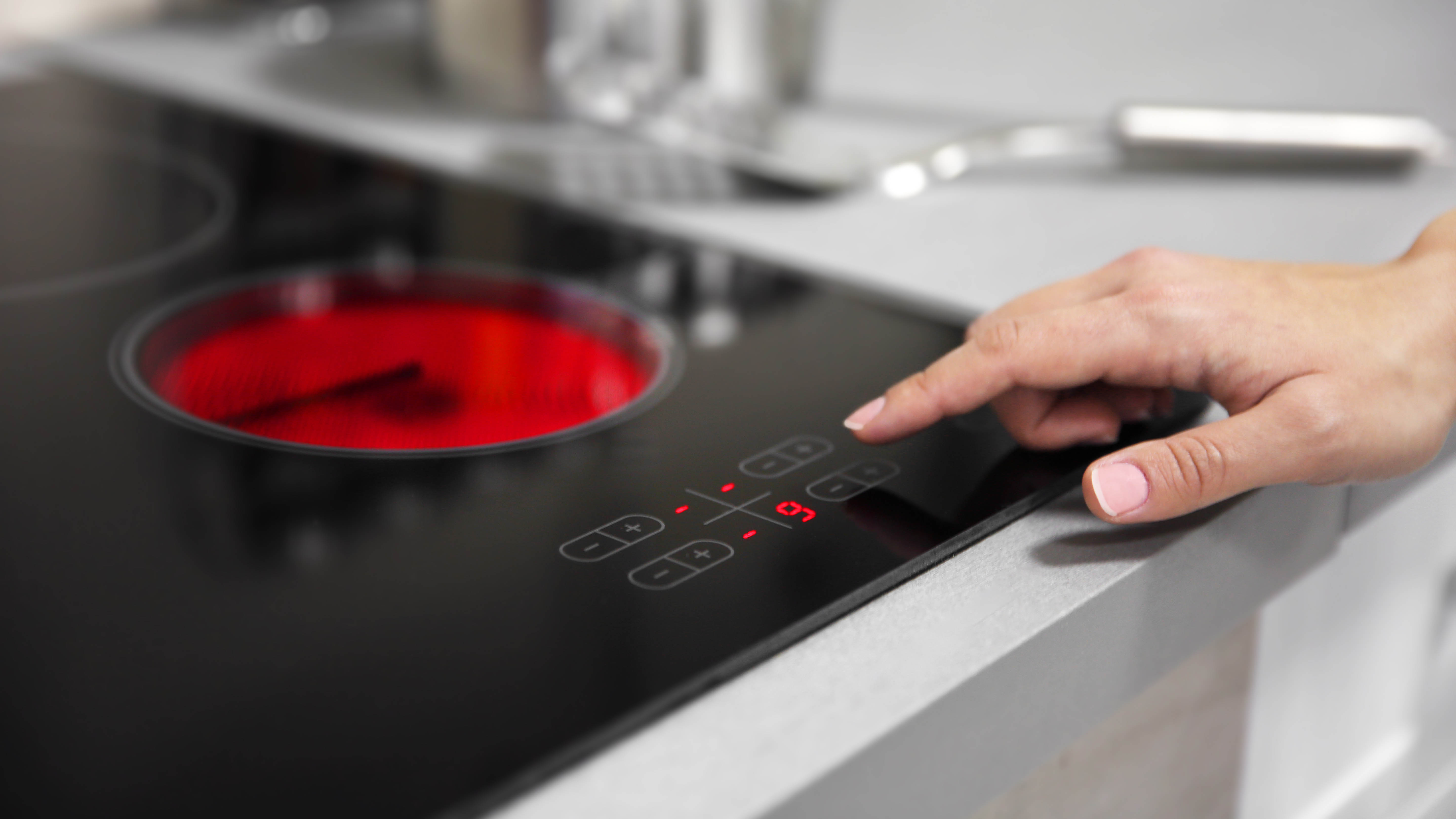
Induction cooktops are naturally the safer option between the two. It will only generate heat when a compatible pan is in place and the surface itself won’t be so hot when you switch it off. Although keep in mind that there will still be some residual heat from the underside of the pan.
However, electric cooktops are not very safe. If you accidentally switch an electric cooktop on, it will begin to heat, with or without cookware. Because the surface heats in use, it will also remain hot for some time once switched off. This naturally makes it the less-safe option between the two.
Winner: Induction
Wear and tear

The surface of both an induction and electric cooktop can scratch easily as they are both made of glass. Although, if you want to keep it looking pristine, here’s how to prevent scratches on your glass stove.
Try to keep your pans still on the cooktop to avoid scratches, and don’t drag them across the glass. Plus, avoid storing your pots and pans on the stovetop when they are not in use.
Winner: Draw
Induction vs electric cooktop: Which is easier to use?
If you are used to using an electric cooktop and replace it with another electric cooktop, it will take you minutes to become familiar with your new appliance. The overall workings will be the same, it might just be that the control knobs and panel are slightly different.
However, if you replace your electric cooktop with an induction appliance, you’ll need to factor in time to get used to a different way of cooking. Don’t expect to leap in without giving yourself time to become familiar with how quickly induction cooktops heat up and cool down. Be prepared to keep a much closer eye on what you’re cooking while you get used to your new appliance.
Winner: Electric
Induction vs electric cooktop: Which is better?
If you are used to using an electric cooktop and replace it with another electric cooktop, it will take you minutes to become familiar with your new appliance. The overall workings will be the same, it might just be that the control knobs and panel are slightly different.
However, if you replace your electric cooktop with an induction appliance, you’ll need to factor in time to get used to a different way of cooking. Don’t expect to leap in without giving yourself time to become familiar with how quickly induction cooktops heat up and cool down. Be prepared to keep a much closer eye on what you’re cooking while you get used to your new appliance.
Winner:
For more cooking tips, tricks and how tos, check out how to clean an oven, 5 pros — and 5 cons — of cooking with an air fryer and dishwasher vs washing by hand — which is cheaper?

Camilla is the Homes Staff Writer and covers everything to do with homes and gardens. She has a wealth of editorial experience, mounting over 30 years, and covers news and features, tests products for reviews and compiles buying guides.
Her work has appeared in business and consumer titles, including Ideal Home, Real Homes, House Beautiful, Homebuilding & Renovation, and Kitchen & Bathroom Business. She’s even appeared on the cover of Your Home, writing about her own house renovation.
Although she’s obsessed with decorating her home, she also enjoys baking and trying out the latest kitchen appliances. But when she’s not inside, you’ll find her pottering about in her yard, tending to her vegetable patch or taking in her prized hydrangeas.
